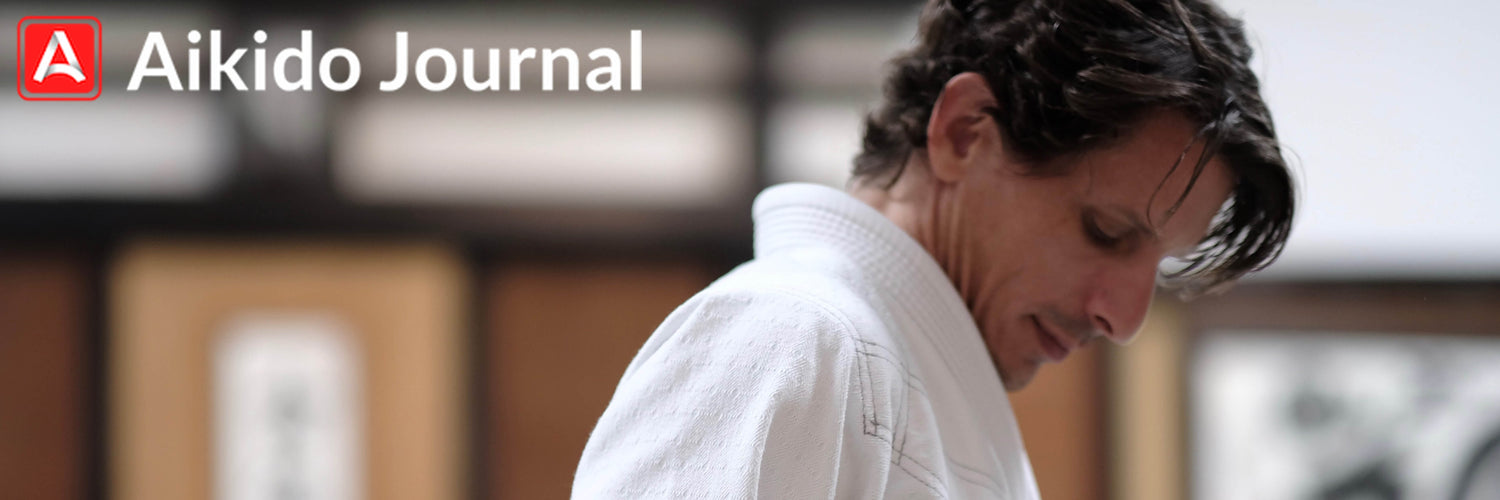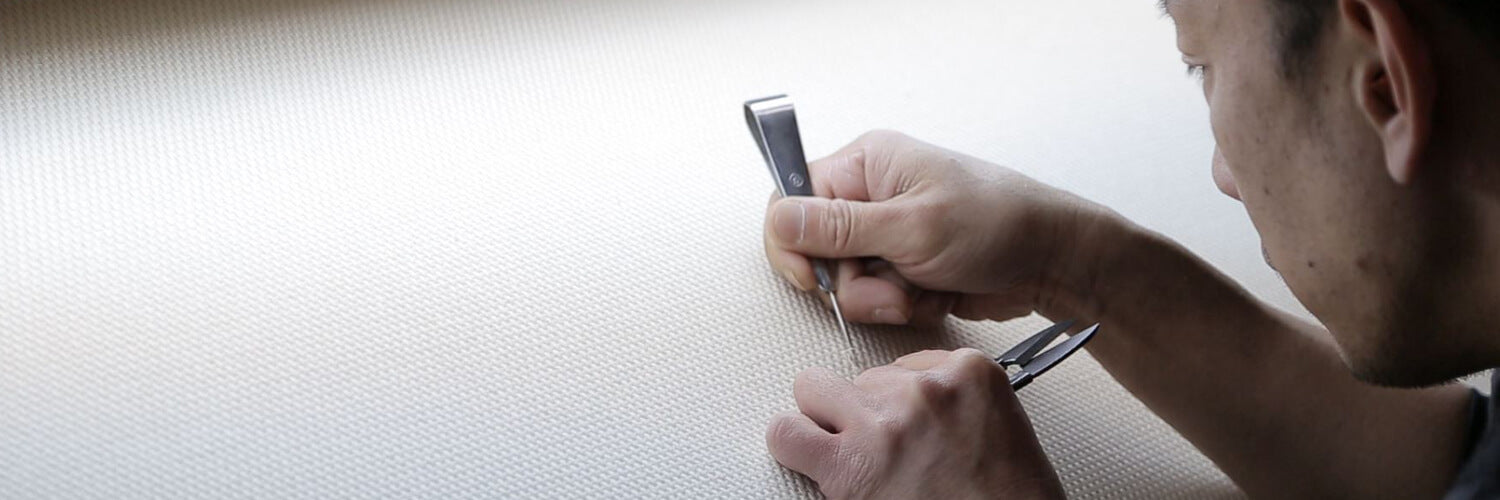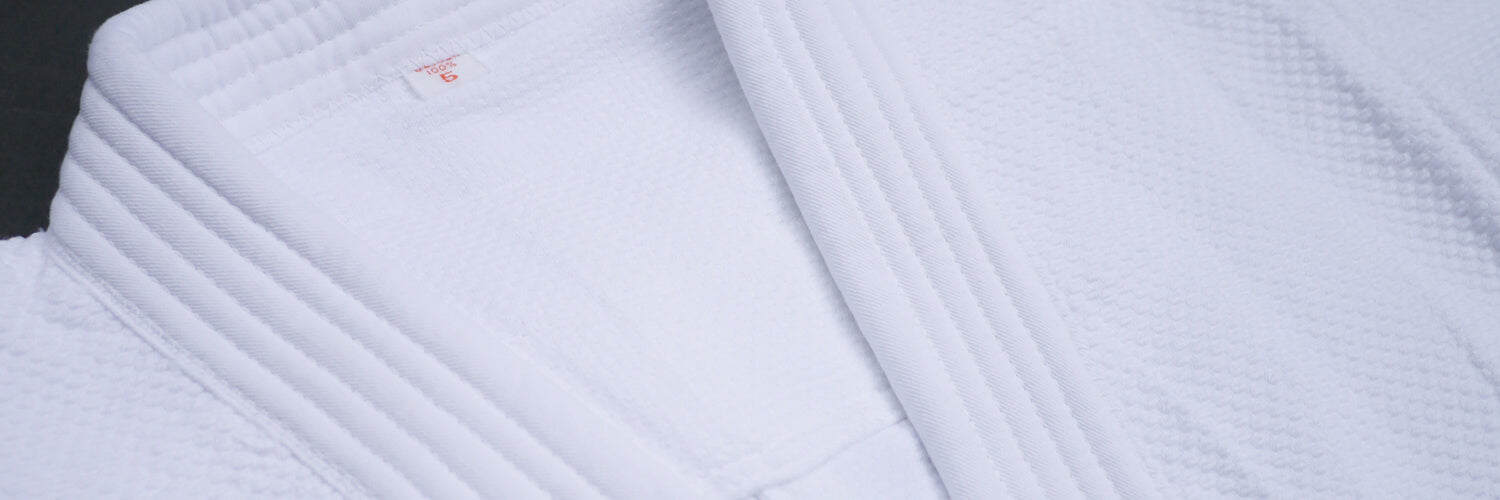

タグがついた記事を見る。 : Aikido フィルターを削除



May 2019, in collaboration with Aikido Journal, Seido crafted an Aikido quiz for the community. We didn’t make it extra-hard or tricky, but we wanted it to be hard enough so people can actually enjoy searching for the results on Google and learn more about Aikido History. Such quizzes have two goals: First goal is gathering email addresses for our newsletter (yes, let’s be honest, that’s one of the reasons) and consolidate Aikido Journal and Seido’s shared audience.
The second goal is to extract data from the quiz to improve our editorial line and provide relevant information to Aikidoists around the world.
The goal of this article is to present those results and discuss what actions could be taken for the community from those results.

We’ve been going around interviewing experienced martial art teachers for a while now. Mr. Saitō Hitohira, who actually knew Morihei Ueshiba when he was a kid and devoted to Aikido from an early age, is still living in Iwama, right next to the Aiki Jinja. When we had the opportunity to get an interview with him, we did not hesitate, and here is how it all happened.

Yes, we’ve jumped in, we’re now working with Aikido Journal. It’s really great news for us, for Aikido Journal, and for the whole Aikido community. We’re going to do lots of things together, but it also involves money, so, as usual: full transparency from us!

Choosing ones Hakama is often a complex decision. Is this your first Hakama or do you have some experience already? Which fabric corresponds best? What kind of finish? What quality at what price? We will try to answer these questions in this article by presenting the different types of fabric, the different finishes, how to choose your size and discussing the price range for each model.

Many practitioners choose their Aikido belt by chance, one takes what one finds. This may work out, at least for a certain time. However, white belts usually start falling apart after one or two years of practice, black belts are often too thick and uncomfortable under a Hakama. So how to choose one's belt? Here is the answer to this question.

The Sashiko fabric, also called "rice grain" fabric in the west is the core of the Keikogi (Kimono) manufacturing and is worn in Aikido, Judo and also Kendo. Although there are many prestigious designers worldwide, there are only a few artisans who are capable of weaving a high quality Sashiko fabric. In this article we will open the doors to Seido's partner workshops, the only two workshops in the world to master the entire production line from weaving to sewing, to show you how your Keikogi is made.

Choosing a Dogi is not a simple task, especially if you are a beginner. Light-, standard-, heavy-weight, traditional cut, modern cut, original cut: There are many models and choosing the one that best suits you does not only depend on the thickness of the fabric! Here we will discuss the different Seido models, fully representative of all the existing "Made in Japan" Aikidogi. However, low-end Dogi made outside of Japan are not to be part of the topic.
月1回発信予定。お客様情報は第三者に開示することはございません。